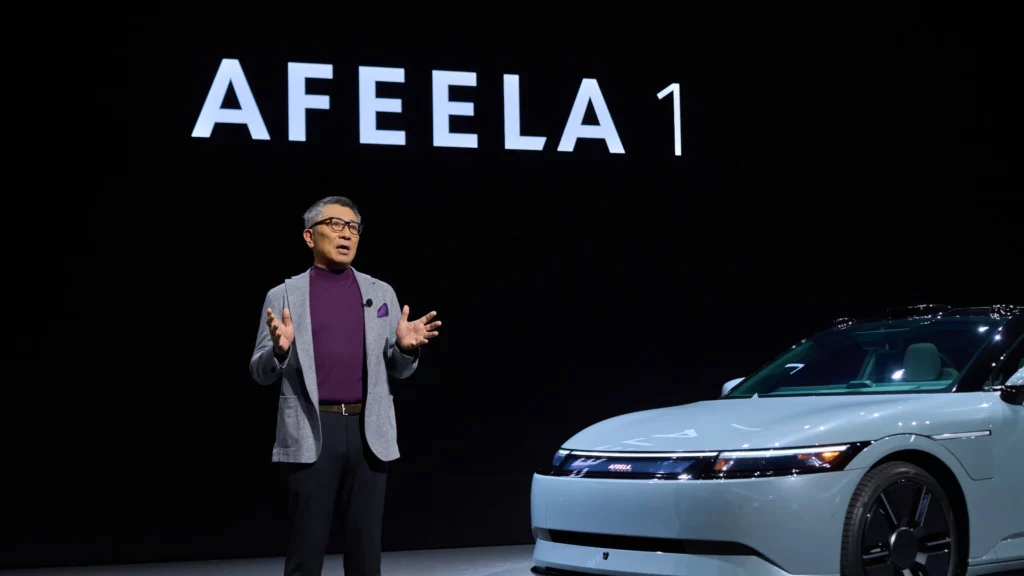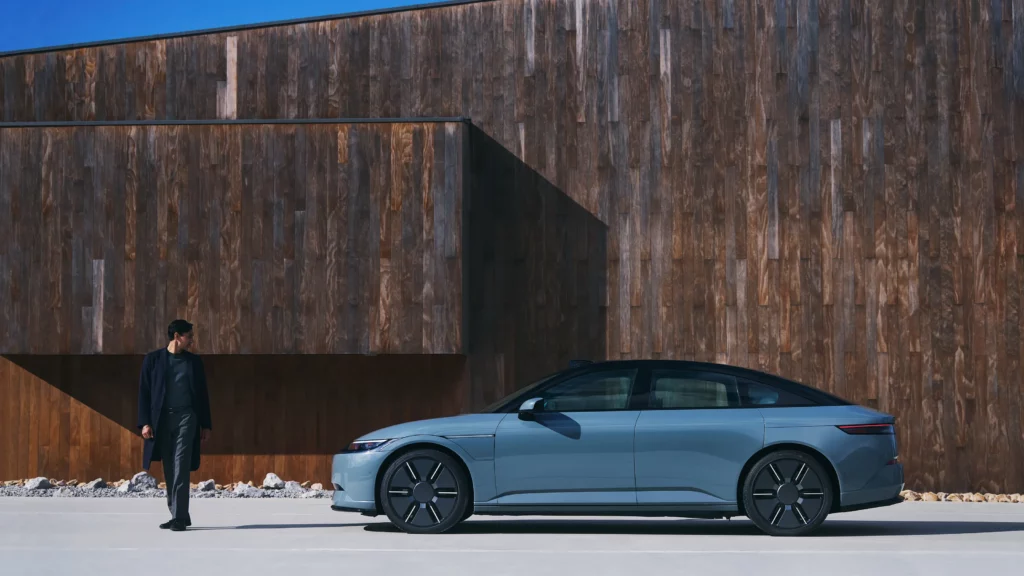After Driving Chinese EVs, Jim Farley Prepares For Ford’s Model T Moment

- Ford will reveal a revamped EV strategy focused on profitability on August 11.
- CEO Jim Farley says Chinese automakers are Ford’s benchmark, not traditional rivals.
- Tariffs cost Ford about $2 billion annually, but could drive long-term policy benefits.
A pivotal moment is approaching for Ford’s electric vehicle future, with the company preparing to unveil a major shift in its EV strategy on August 11. CEO Jim Farley described the upcoming announcement as a “Model T moment,” hinting at a potentially transformative direction for the automaker. “Our strategy is very simple,” Farley said, emphasizing a focus on profitability within specific EV segments.
While profitability is the keyword that will interest investors, could the reference to the company’s seminal model indicate that the Blue Oval’s EV announcement will focus on affordable, mass-produced motoring, much like the original model?
Lagging Behind China
In the past, Farley has been quite forthcoming with his admiration for Chinese tech, having daily driven a Xiaomi SU7 EV, and claiming it was “fantastic,” and that he was having a hard time giving it up. According to a report from Nikkei Asia, that same rhetoric was repeated on Tuesday’s earnings call, acknowledging that Ford lags behind its eastern rivals.
Read: Ford Bracing For A $2 Billion Blow From Trump’s Tariff Legacy
“We really see not the global OEMs as a competitive set for our next generation of EVs,” said Farley, likely referencing the likes of GM, Stellantis, and VW. “We see the Chinese companies like Geely and BYD…”We believe the only way to compete effectively with the Chinese over the globe on EVs is to go and really push ourselves to radically re-engineer and transform our engineering supply chain and manufacturing process.”
Ford is rethinking the entire EV manufacturing and supply chain approach, recognizing the need for a “radical re-engineering” of these processes to effectively counter Chinese automakers’ cost competitiveness and innovation pace.

In addition, Ford plans to rely heavily on partnerships as EV technology and supply chains rapidly commoditize. Farley noted that apart from the complex electrical architecture, differentiation in the EV sector is becoming increasingly difficult, making strategic alliances essential.
Tariffs, Tariffs, Tariffs
Farley also predicts a growing regionalization of the global automotive market, driven by tariff structures and local electrification and emissions regulations. He cited recent negotiations reducing auto import tariffs to 15% from the initially proposed 25%, seeing this shift as an “opportunity” for Ford. Despite facing around $2 billion in tariff-related expenses annually, primarily from imported components, Farley remains optimistic that Ford can leverage its status as a major American employer for potential policy relief and competitive advantage.
Ultimately, Ford’s new EV strategy reflects a broader industry reality: traditional automakers must swiftly adapt their operational and manufacturing strategies to navigate an increasingly competitive and geographically segmented automotive landscape.









